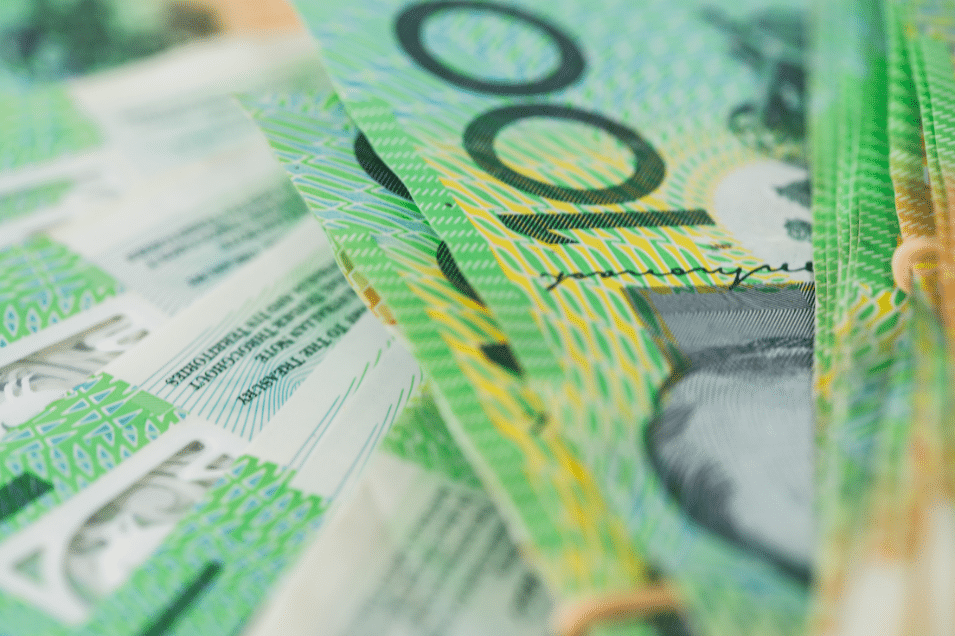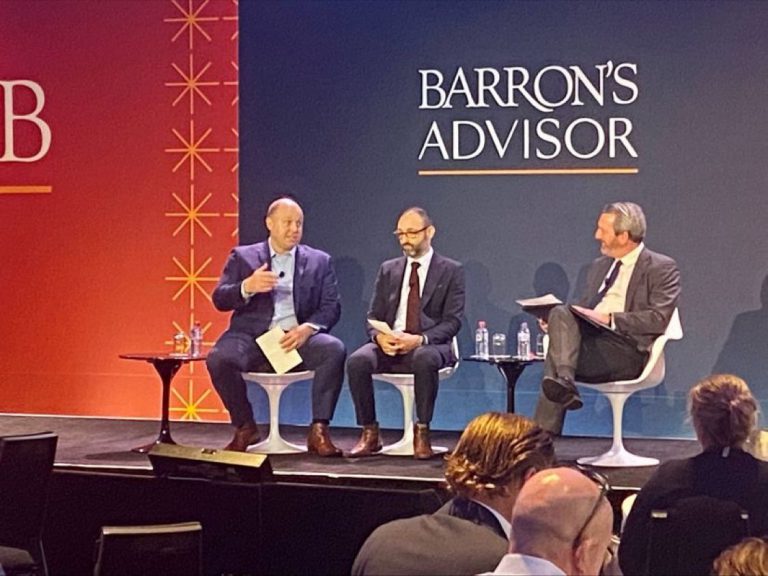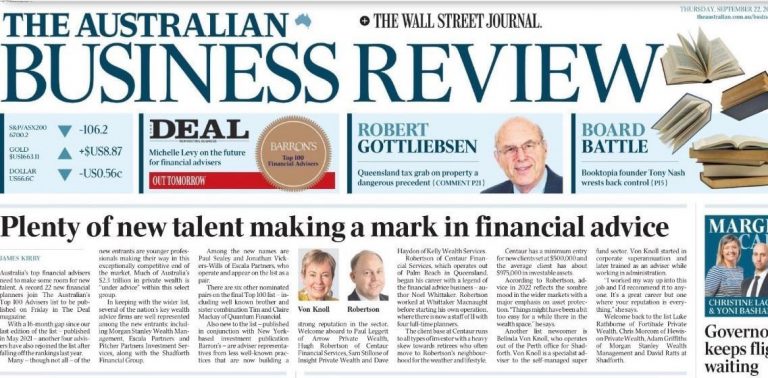Hugh was asked for his insights by Jody McDonald – Contributor for Forbes ADVISOR, on the topic of Best Bond ETFs for Australians.
According to Forbes ADVISOR, while bonds are widely misunderstood by retail investors, they do have a deserved reputation for being a low-risk investment option
You can read the entire article by simply clicking here or to download a pdf of the article, click here.
Excerpt below:
Certified financial planner and managing director of Centaur Financial Services, Hugh Robertson, said many investors favoured equities and dividends over bond ETFs when rates were low in the past 10 years, until the recent spike in the cash rate to 4.10%.
“Now, smart investors have pivoted over concerns on the global economy and recession fears, and adding bond ETFs into their portfolios to capture the higher yields on offer around 5%, as well as protection against share market volatility as bond ETFs historically have a low correlation to shares and offer broad diversification,” he tells ForbesAdvisor.
“For a long time interest rates have been so low that bonds really weren’t impactful to portfolio returns. Now there is the ability to really generate some great income from the defensive side of your portfolio which in turn takes pressure off the reliance on capital growth like investors needed in recent years.”
Duration: Gives you a sense of how much the ETF’s market price will change if interest rates change. Hugh Robertson offers the following example: “If you have a bond with a duration of six years it means that a 1% rise in interest rate will see a decline in value of 6%, so if your bond was worth $1,000 paying you 5% you still get your $50 per year, but the value of the bond on the secondary market is $940.”
Most bond ETFs are index funds. Robertson adds: “The majority of bond ETFs track an index by nature and there are few active options.”
He said the S&P Dow Jones Indices scorecard shows active managers don’t perform any better than the index benchmark for Australian bond funds. “This makes it difficult to believe that investors on their own can find the managers that can consistently outperform over an economic cycle.”
- The cash rate affects the resale value of a bond on the secondary market. “Interest rates and bond values have what is called an inverse relationship. When interest rates rise, bond values tend to fall,” explains Hugh Robertson. As rates drop, a bond ETF’s units tend to be worth more on the ASX.
Here’s an example from Robertson to illustrate the inverse relationship between the cash rate and a bond’s market value:
“Say you have a $1,000 bond paying 5%. You will get $50 every year until the bond expires. Suppose one month later interest rates go up to 6%. Now anyone who wants to own a fixed rate bond will get 6%, or $60 per year, for the same $1,000 investment. This presents the dilemma, if you want your money back prior to bond maturity you would sell it in the secondary market, and no one is going to give you $1,000 for a vehicle that pays $50 when for the same $1,000 I can get $60 on the new investment. Therefore, your capital value goes down and I offer you less for your bond.”
Managing a Fixed Income Portfolio
One bond ETF is not a silver bullet for protecting your portfolio, Robertson warns.
“Understanding where the bond ETF will sit in the context of your total portfolio is essential. Ideally the bond ETF would have a low correlation to other parts of your portfolio. And don’t get greedy and over allocate your portfolio to any one asset class,” he says.
“If you want to have a long duration bond thinking (that) rates next move is down, you would get good income and some capital growth, but rates could go up and you could be wrong, so the key is to not over allocate to the strategy. A 5% or 10% would be satisfactory and you could handle short term underperformance and still collect a reasonable yield.
“Investors would be wise to hold floating rate bonds while rates are rising, and look to transition to longer maturity bonds when rates peak and start to fall. Investors should also consider how much they want to hold in government debt versus corporate debt. Right now my view is to gradually move any floating rate bond exposure across to fixed rate bond exposure as interest rates are near the peak of the cycle it would seem based off current economic news.”
Robertson says investors also shouldn’t rule out other asset classes with defensive characteristics or low correlation to share markets.
“To diversify risk from equity markets investors should, if they have the risk appetite, look at private equity and infrastructure, asset classes that have a low correlation to equity markets traditionally.”
- Diversification: The way ETFs bundle assets offers diversification. Allocating capital to bond ETFs can also diversify your portfolio as a whole, to lower overall risks.
Robertson says the benefits of diversifying with bond ETFs has previously been illustrated during the devastating global financial crisis—although the ASX200 fell 37% peak to trough between August 2007 to March 2010, bonds exhibited a negative correlation and provided positive returns.
“A portfolio that was 50% invested in shares and 50% invested in fixed interest returned 3% over the time period. This shows the extraordinary benefit of diversification,” he notes.
Disadvantages of Bond ETFs
Despite their many strengths, Bond ETFs are not without their flaws.
“Fixed interest investment still sees people fall victim to a yield trap chasing higher returns. That is the biggest risk in thinking that it is guaranteed and chasing yield,” according to Robertson.
“Investors need to understand the dynamics that affect bond pricing, namely maturity date, the coupon rate, and the current price. Education is key and don’t just rely on historical returns as that was in a historically low interest rate environment and looking at returns alone will not tell you the full story.”
Understanding the risks associated with the underlying bonds the ETF holds is critical.
“Compare apples with apples—bond ETFs range from super safe Treasury Bills to somewhat speculative high yield corporate debt. So you need to do some due diligence before allocating your hard earned money into this asset class.”
SOURCE:
https://www.forbes.com/advisor/au/investing/best-bond-etfs-for-australians/
Forbes ADVISOR







































































